Introduction
Do Rats Eat Grass: The dietary habits of rats have long been a subject of curiosity and concern for many. While it is widely known that rats are opportunistic omnivores, often scavenging for a variety of food sources in urban and natural environments, the question of whether rats eat grass is one that has piqued the interest of both researchers and the general public. We will delve into the intriguing behavior of rats when it comes to consuming grass, shedding light on the factors that may influence this behavior and the potential implications it holds for these ubiquitous rodents and their ecosystems.
The world of rodents is a diverse and enigmatic one, filled with fascinating behaviors and adaptations that continue to capture our curiosity. Among these adaptable creatures, the common rat, known for its scavenging and opportunistic eating habits, remains a subject of intrigue. One intriguing question that often arises is whether rats have an appetite for grass.
Rats, as survivors in both urban and natural environments, exhibit a remarkable ability to adapt to various food sources. Their resourcefulness in finding sustenance is well-documented, but does this include the consumption of grass, a seemingly ubiquitous and abundant plant in many habitats. Let us now venture into the world of rats and their relationship with grass, where answers await, revealing intriguing insights into their lives and ecological impact.
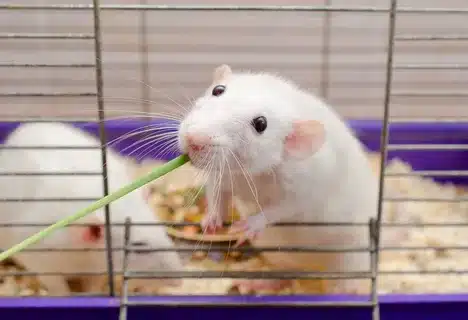
Why do rats eat grass?
Rats do not actively hunt for meat unless their preferred food is scarce; instead, they consume any available meat. Plants, Plant seeds are my favorite foods. Rats are born survivors, and if hungry, they will consume anything they can chew, from grass and weeds to small twigs and bits of bark.
Dietary Variety: Rats are opportunistic omnivores, and they often explore and sample various food sources to diversify their diet. Grass may provide a different taste and texture, adding variety to their meals.
Fiber: Grass can provide rats with some fiber, which can aid in digestion. In certain situations, they might eat grass to help with gastrointestinal issues or simply for its roughage.
Hunger: When other food sources are scarce, rats may resort to eating grass out of desperation. Their survival instinct drives them to find any available food, even if it’s not their preferred choice.
Foraging Behavior: Rats are natural foragers, and they constantly explore their environment for potential food sources. They may sample various plants, including grass, as part of this foraging behavior.
Do rats like grass clippings?
Grass clipping piles provide excellent places for yard pests, especially yard rodents, to build nests and hide.
Nesting Material: Rats use a variety of materials for nesting, and grass clippings can serve as suitable nesting material. They may gather grass clippings to create a comfortable nest for breeding and shelter.
Cover and Hiding Spots: Piles of grass clippings can provide rats with a hidden and sheltered area where they can evade predators and inclement weather. Rats are nocturnal creatures and prefer dark, secure places during the day.
Food Residues: While rats might not primarily consume fresh grass clippings, they can be attracted to clippings containing food residues or organic matter. If you’ve recently mowed over fallen fruits or food scraps, rats might be attracted to the clippings due to the residual food.
Dispose of Grass Clippings Properly: After mowing, promptly remove and dispose of grass clippings in a compost bin, designated yard waste bags, or a green waste recycling program offered by your municipality.
Keep Yard Clean: Regularly clean up your yard, removing any debris, including grass clippings, to eliminate potential nesting and hiding spots for rodents.
Secure Compost Bins: If you have a compost bin, make sure to tightly seal it and prevent rodents from easily accessing it.
Can rats play with grass?
They enjoy digging in the soil, foraging for seeds, nibbling on the grass and digging up tasty plant roots. Make sure you place the digging box in an easy to clean location such as a bathtub or on top of a plastic sheet rats love to fling that dirt around.
Rats can play with grass, especially if it’s part of an enriched environment for them. Rats are highly intelligent and curious creatures, and provide them with opportunities for mental and physical stimulation their well-being.
Texture Exploration: Rats use their sensitive whiskers and paws to explore different textures, including grass. It can be an interesting sensory experience for them.
Foraging Behavior: Rats have a natural inclination to forage for food, and grass can mimic the experience of searching for edible plant material.
Nesting Material: Rats may also use grass as nesting material, so they might carry pieces of grass into their nests while playing.
Digging and Tunneling: Rats are known for their digging behavior, and if they encounter grass in a play area, they might dig in it, creating tunnels and piles.
What attracts rats to your garden?
Bird and pet food can attract pests. Try to keep them in rodent safe containers or out of their reach. If you have fruit trees in your garden, pick up the fruits that have fallen onto the ground. The sugars released when these decay attract all types of pests, including rats.
Food Sources: Rats are opportunistic feeders and are attracted to food that is easily accessible. Common food sources in gardens include bird feeders, pet food left outdoors, and fallen fruits or vegetables. Ensure that you store these items in rodent-proof containers or bring them indoors to minimize food availability.
Fruits and Vegetables: Gardens with fruit trees, berry bushes, and vegetable patches draw rats. Ripe and fallen fruits or vegetables can provide a readily available food source. Promptly harvest and dispose of any fruits or vegetables that are not suitable for consumption to reduce attractants.
Compost Piles: Compost piles can be attractive to rats, as they provide a mix of organic materials and potential food scraps. Use rodent-resistant compost bins and regularly turn the compost to deter rats from nesting or foraging in the area.
Water Sources: Like all creatures, rats need water to survive. Leaky hoses, dripping faucets, or standing water can attract rats to your garden. Fix any water leaks promptly and eliminate standing water sources.
Shelter: Rats are nocturnal and prefer hiding during the day. Overgrown vegetation, tall grass, and cluttered areas can provide ideal hiding spots. Keep your garden well-maintained and free from debris that can serve as shelter.
Nesting Opportunities: Rats are always looking for safe places to build nests, especially if they are breeding. Tall grass, woodpiles, and neglected garden structures can offer nesting opportunities. Regularly inspect and clean these areas.
Should I let rats live in my garden?
Most gardens will have a small population of rats and mice visiting without causing any problems. But if their numbers increase or they start to tunnel under patios, decking or sheds, their presence might cause concern. Rats can pose a threat to small, outdoor pets and will sometimes prey on them.
Population Size: As you mentioned, having a few rats or mice in your garden is not uncommon and may not pose significant problems. In fact, they can play a role in the ecosystem by controlling insect populations.
Behavior and Impact: Assess the behavior and impact of the rats in your garden. If their numbers are increasing rapidly, they may become a nuisance. Look for signs of damage to property, garden plants, or structures, as well as any health and safety concerns.
Threat to Pets: If you have small outdoor pets, such as guinea pigs or rabbits, rats can pose a threat to them. Rats are opportunistic predators and may prey on smaller animals. In such cases, you may need to take steps to deter rats from areas where you keep your pets.
Disease Concerns: Rats can carry diseases that can transmit to humans and pets. If you have concerns about disease transmission, you may want to consider ways to control rat populations.
Ethical Considerations: Some people may have ethical concerns about killing or trapping rats. In such cases, you might use humane methods of discouraging rats from frequenting your garden.
What do wild rats eat grass?
In the wild, rats eat bird eggs and chicks, small animals such as mice and squirrels, insects and even dead animals including carrion. They also feed on plants including grains and grasses. They will eat pretty much anything.
Bird Eggs and Chicks: Wild rats are known to raid bird nests and consume eggs and nestlings when they can access them. This behavior can have a significant impact on local bird populations.
Small Animals: Rats are skilled hunters and may prey on small animals such as mice, squirrels, and even insects. They are opportunistic predators and will capture and consume these creatures when the opportunity arises.
Carrion: Rats are scavengers, and they will feed on carrion, which includes the carcasses of dead animals. This scavenging behavior helps them make use of available protein sources.
Plants and Grains: While not a primary food source, rats do consume plants, grains, and seeds when they are accessible. They may nibble on grasses, grains, and vegetation in their environment.
Human Food: Wild rats often inhabit areas near human settlements, where they scavenge for human food scraps and discarded items. They can adapt to a wide range of human-related foods.
Garbage: Rats are notorious for foraging in garbage bins and dumpsters, where they can find discarded food and organic waste.
What are the signs of rats in the garden?
You may spot their tunnels 6-9 cm in diameter or their runways alongside walls, fences or buildings that are up to 10cm wide. You might also notice their cylindrical droppings around 15mm long and 5mm wide, gnawed wood especially where food is stored, or parallel teeth marks in crops.
Tunnels: Rats often dig tunnels in gardens, creating burrows with entrances and exits. These tunnels are typically 6-9cm 2.4-3.5 inches in diameter and may be found in the soil, along walls, fences, or beneath structures like sheds or decks.
Runs or Tracks: Rats leave noticeable tracks or runs alongside walls, fences, or buildings. These paths are usually up to 10cm 4 inches wide and may show signs of repeated use, like compacted soil or vegetation.
Droppings: Rat droppings are cylindrical and dark brown in color. They are approximately 15mm 0.6 inches long and 5mm 0.2 inches wide. Finding these droppings near food storage areas, feeding spots, or along runs is a strong indicator of rat activity.
Gnawed Wood: Rats have strong, continuously growing incisor teeth, so they frequently gnaw on wood to keep their teeth in check. Look for chew marks and small holes in wooden structures, especially in areas where food is stored.
Why do rats dig holes in grass?
They also have strong front teeth that enable them to chew through materials that would easily stop a mouse. But many people are unaware that rats are also very good at digging and excavating. In the wild, they create extensive networks of burrows to shelter in, store food, and build their nests.
Shelter and Nesting: One of the primary reasons rats dig burrows is to create shelter and nesting sites. These burrows provide them with protection from predators, extreme weather conditions, and a secure place to raise their young. Rats are known for their elaborate burrow systems, which can include multiple entrances, chambers, and escape routes.
Food Storage: Rats often dig burrows to store food. They collect and hoard food items like seeds, grains, and other edibles in underground chambers to ensure a steady food supply, especially during times of scarcity.
Breeding: Burrows also serve as safe and private spaces for rats to give birth and raise their offspring. Female rats, or does, seek out secure and secluded locations to protect their pups from potential threats.
Protection from Predators: Burrows offer rats protection from natural predators like owls, hawks, and larger mammals. The complex tunnel systems make it difficult for predators to access and capture rats.
Temperature Regulation: Underground burrows provide rats with a more stable and moderate temperature, which can be crucial for their survival during extreme weather conditions, including hot summers and cold winters.
Escape Routes: Rats are highly adaptable and cautious animals. Burrows provide them with escape routes in case they encounter danger above ground. They can quickly retreat to their underground tunnels for safety.
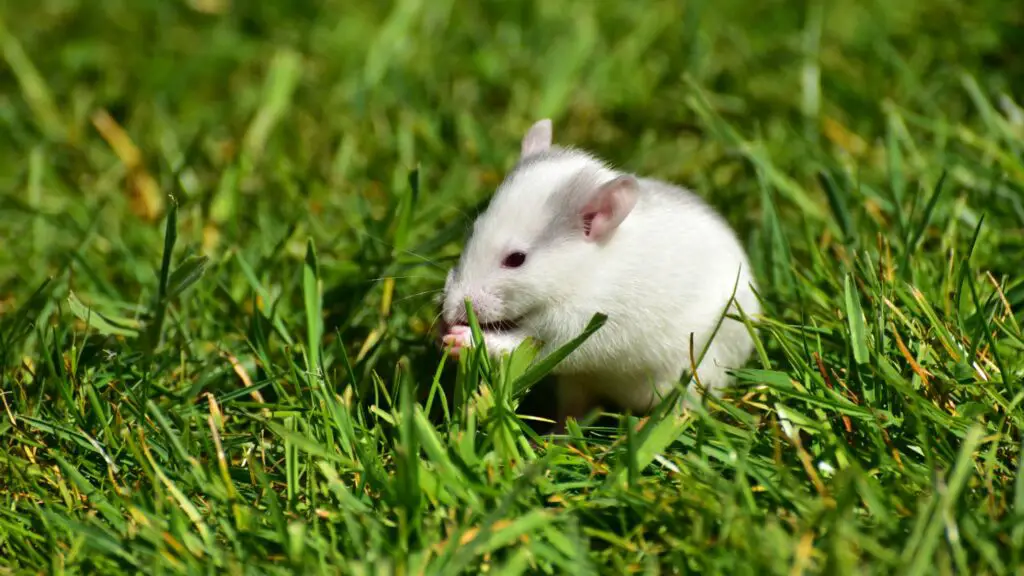
Conclusion
Unravel the mystery of whether rats eat grass, The fascinating world of these adaptable rodents. While rats are known for their opportunistic and varied diets, it’s evident that grass plays a relatively minor role in their nutrition. Rats are not eat grass grazers in the way that herbivores like cows or rabbits are. Instead, they primarily rely on more easily accessible and energy-rich food sources, including grains, fruits, vegetables, and scavenged human food.
That rats are highly adaptable creatures, capable of adjusting their diets based on environmental conditions and food availability. In certain situations, they may nibble on grass, especially if no other food options are readily accessible. Nevertheless, grass isn’t a staple or significant component of their diet. Rats food are not grass grazers in the way that herbivores like cows or rabbits are. Instead, they primarily rely on more easily accessible and energy-rich food sources, including grains, fruits, vegetables, and scavenged human food.
This topic not only provides clarity on rat dietary preferences but also underscores their remarkable ability to thrive in a variety of environments by making the most of available resources. Understanding these behaviors contributes to our broader knowledge of wildlife adaptation and their intricate roles within ecosystems. Their dietary flexibility is just one example of the countless ways these resilient rodents have managed to coexist with humans across the globe.

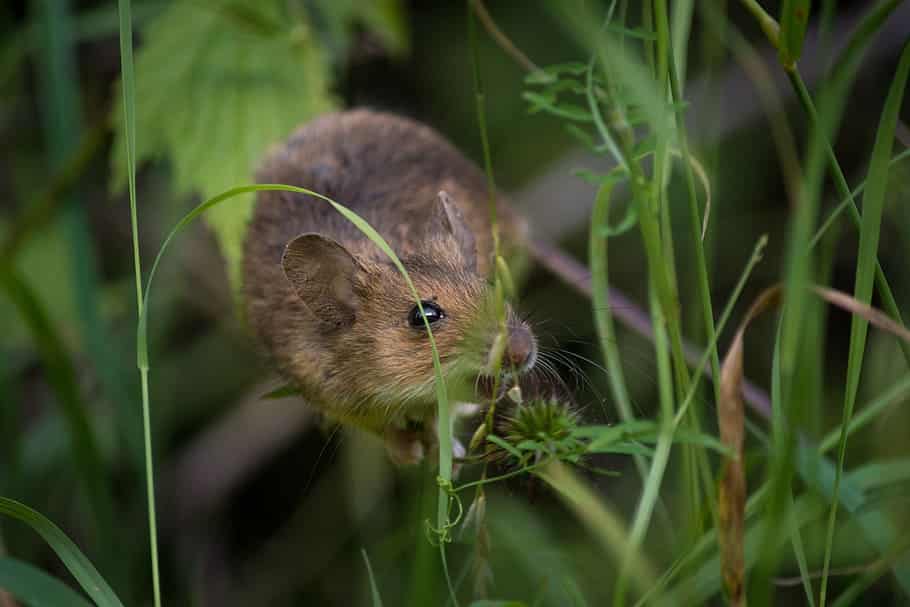
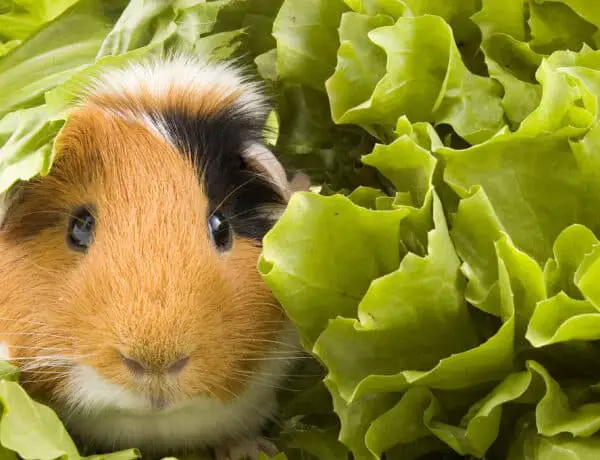
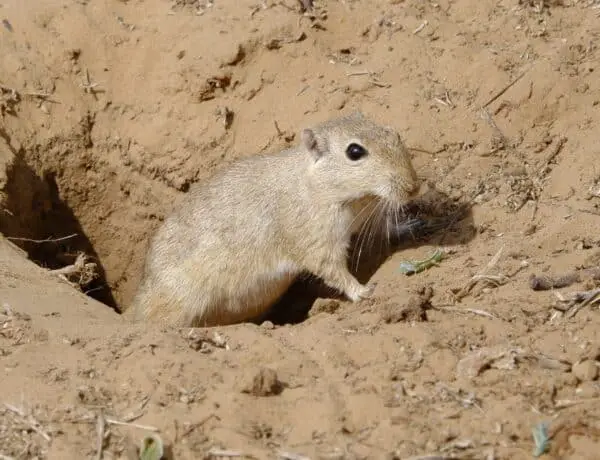
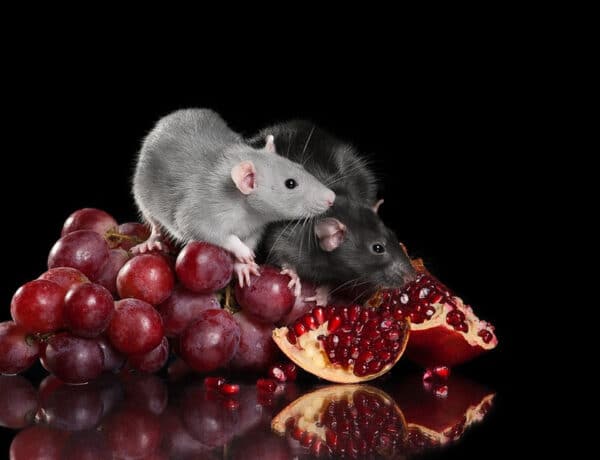
No Comments